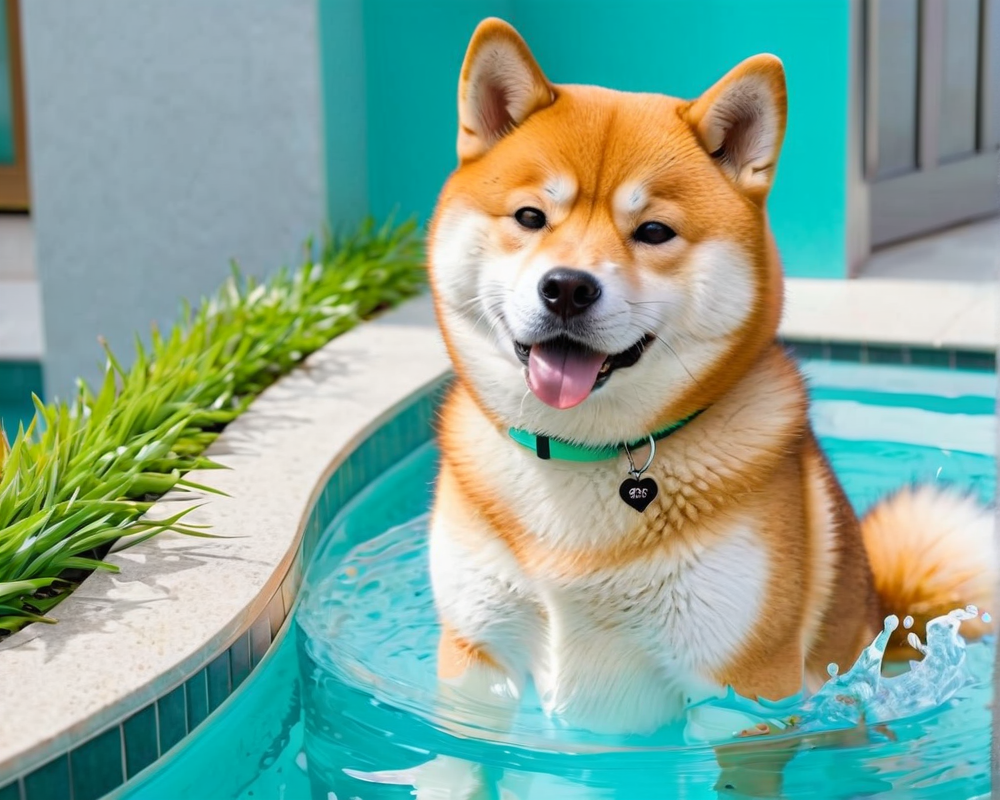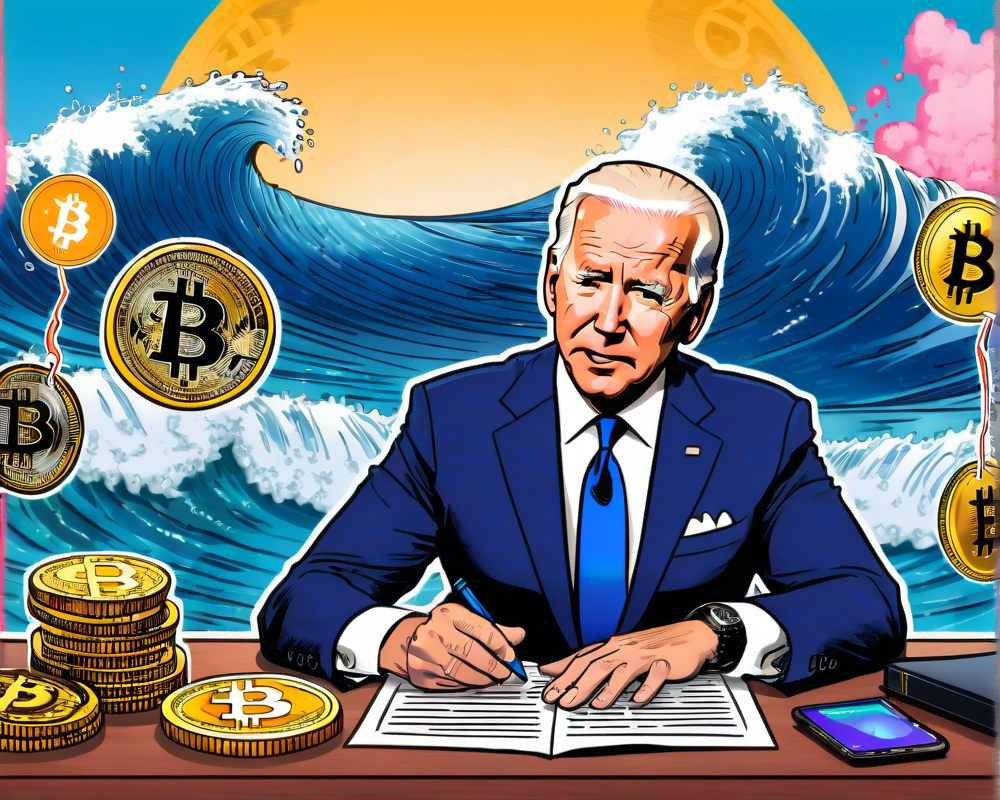Setting the Stage at Bletchley Park
The AI Safety Summit commenced on November 1st, gathering over 100 influential figures from both the public and private sectors. U.K. Prime Minister Rishi Sunak is playing host at the iconic Bletchley Park, which is a fitting venue, given its historical role in code-breaking during World War II—imagine if they had AI back then! This summit arrives amid whirlwind advancements in AI technology, kick-started by the rise of popular models like ChatGPT.
The Star-Studded Guest List
Who’s mingling at the summit? Well, the guest roster reads like a who’s who of the tech world, featuring leaders from well-known firms. Microsoft President Brad Smith, OpenAI CEO Sam Altman, and Elon Musk are just a few of the heavyweights in attendance. On the political front, notable figures such as U.S. Vice President Kamala Harris and European Commission President Ursula von der Leyen are also present. Let’s just say, if networking was a sport, this event would have an Olympic-level competition!
Summit Objectives: Dialogue and Cooperation
What’s the goal of this illustrious gathering? The summit aims to foster discussion and international cooperation regarding the safety of what they call “frontier AI models.” These marvels of technology promise capabilities that could leave current models in the dust—like giving a toddler a smartphone and asking them to teach themselves calculus. Through roundtable discussions, participants are tackling the risks AI poses and how to integrate it safely into society.
The Bletchley Declaration: A Commitment to AI Safety
During the first day, the “Bletchley Declaration” made its debut. This agreement, signed by 28 countries, marks a commitment to enhance global efforts focused on AI safety. From Brazil to Japan, nations have pledged to foster responsibility regarding the risks and opportunities AI presents, aiming for better scientific cooperation worldwide. Talk about international teamwork!
Taking Charge: The U.S. AI Safety Institute
U.S. Secretary of Commerce Gina Raimondo made headlines by announcing plans for the United States to establish its own AI Safety Institute. With a focus on addressing the potential risks of frontier models, the initiative aims to gather voices from academia and industry to collaborate on improved safety standards. Raimondo expressed confidence that the U.K. and the U.S. will forge a partnership for shared progress.
Musk’s Vision: A Third-party Referee for AI
Now, here’s where things get fascinating. Musk proposed the idea of a “third-party referee” to oversee AI’s development. Considering his penchant for bold statements, it’s no surprise he believes that oversight must follow insight. His concerns echo a sentiment heard throughout the summit: there is a fear that hasty regulations could stifle innovation before understanding the underlying technology. After all, nobody wants the government hopping onto the tech train without knowing its destination!
China’s Game Plan: Encouraging Global Communication
Chinese Vice Minister Wu Zhaohui articulated his country’s stance on AI development: all nations, big or small, deserve the right to innovate. He emphasized the need for global cooperation and open-source AI technologies, akin to having access to the world’s biggest library, but instead of books, it’s filled with futuristic gadgets and applications. As countries race to dominate the AI landscape, China’s willingness to collaborate may be the key to balanced progress.
Summit Takeaways: What’s Next?
As the summit’s second day continues, anticipation grows for speeches from Prime Minister Sunak and the U.K.’s technology secretary, Michelle Donelan. With the eyes of the world on Bletchley Park, it’s clear that the path laid out during this summit will shape the future of AI safety, potentially influencing regulations and collaborations for years to come. So, let’s keep our fingers crossed that this great gathering sparks significant change, minus the sci-fi horror film narratives!




